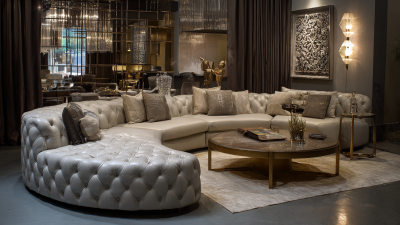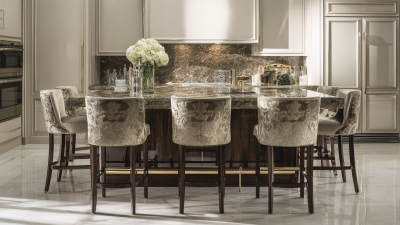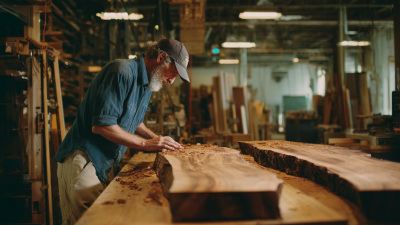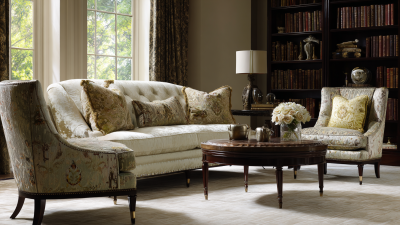In recent years, the demand for made to order furniture has skyrocketed, driven by a growing consumer preference for personalized and unique home furnishings. According to a report by IBISWorld, the custom furniture market has experienced a robust annual growth rate of 4.5%, reflecting an increasing trend among homeowners to invest in custom solutions that cater to their specific needs and aesthetic preferences. This shift is attributed to a desire for individuality in design, coupled with advancements in technology that streamline the production process. As e-commerce continues to reshape the retail landscape, consumers are embracing the opportunity to create bespoke pieces that enhance their living spaces, making made to order furniture a pivotal component of contemporary interior design. This guide aims to explore the myriad options available in customized furniture solutions, equipping you with the knowledge to transform your space into a tailored sanctuary.

When considering customized made-to-order furniture solutions, understanding your needs is crucial. Start by assessing the dimensions of your space. Measure not only the floor area but also consider vertical space, doorways, and windows. This will help you identify the scale of furniture that can comfortably fit into the room without overwhelming it. Remember that proportion is key; a large sofa in a small room can make the space feel cramped, while petite pieces may get lost in a vast area.
Next, focus on your style preferences. Think about the aesthetic that resonates with you—whether it’s modern, rustic, or eclectic. Explore color schemes, materials, and textures that reflect your personality. For instance, if you have a preference for natural elements, opting for wooden furniture with earthy tones could enhance your home’s inviting atmosphere. Additionally, consider how the new pieces will integrate with existing décor, as cohesion is important for visual harmony. By thoroughly understanding your space and style, you can create customized furniture solutions that not only meet functional needs but also elevate your overall living experience.

When it comes to designing custom furniture, choosing the right materials is crucial for both sustainability and style. According to a recent report by the Sustainable Furnishings Council, nearly 75% of consumers are willing to pay more for furniture made from sustainable materials. By opting for eco-friendly options, you not only reduce your carbon footprint but also enhance the aesthetic appeal of your space. Popular materials such as reclaimed wood, bamboo, and recycled metals can provide a beautiful and functional foundation for your custom pieces.
Tip: Always check the certifications of the materials you choose. Look for labels such as Forest Stewardship Council (FSC) for wood products or Global Organic Textile Standard (GOTS) for fabrics to ensure that they meet environmental and social standards.
Another factor to consider is the durability of the materials. According to a study published in the Journal of Sustainable Furniture Design, materials like high-quality hardwoods and leather not only last longer but also require less frequent replacement, ultimately leading to a lower environmental impact over time. Furnishing your space with items designed to withstand the test of time can save both money and resources.
Tip: Consider the lifecycle of your materials. By investing in longer-lasting options, you contribute to a circular economy where products are reused and recycled, minimizing waste.
This chart illustrates the sustainability scores of different materials commonly used in customized furniture solutions. Choosing the right materials not only enhances style but also promotes environmental responsibility.
When designing custom furniture, functionality should be your primary consideration. Start by evaluating the space you intend to furnish. Measure dimensions meticulously to ensure that each piece will fit seamlessly within the environment. Consider how the furniture will be used on a daily basis. For instance, if you need a coffee table, think about the height and width that would best accommodate both aesthetic and practical needs—the perfect balance between style and utility.
Next, prioritize storage and multi-functionality in your designs. Pieces that serve double duty can significantly enhance the usability of a space. For example, an ottoman with hidden storage can provide both seating and a place to stow away items, making your living area decluttered yet stylish. Utilize features like extendable tables or modular sofas to adapt to varied occasions. Ultimately, your custom furniture should not only reflect your personal style but also enhance the workflow and comfort of everyday life.
When embarking on a journey to create customized made-to-order furniture, clear and effective communication with craftsmen is paramount. According to a recent survey by the Custom Furniture Association, nearly 85% of consumers believe that personalized furniture enhances their living spaces. This highlights the importance of articulating your vision accurately to ensure that the final pieces not only reflect your style but also meet your functional needs.
To convey your ideas clearly, start with a comprehensive brief that includes images, sketches, and detailed descriptions of your desired materials and finishes. A significant report from the Home Furnishings Industry shows that 70% of successful custom projects result from clients who actively engage with artisans, providing regular feedback throughout the process. This collaborative approach not only fosters a stronger relationship between you and the craftsmen but also significantly increases the likelihood of achieving a successful outcome that fulfills your vision.
| Furniture Type | Material | Customization Options | Lead Time | Estimated Cost ($) |
|---|---|---|---|---|
| Dining Table | Solid Oak | Size, Finish, Edge Design | 6-8 weeks | 1200 |
| Sofa | Fabric & Wood | Size, Fabric Choice, Cushions | 8-10 weeks | 1800 |
| Bookshelf | Plywood | Shelving Height, Finish | 4-6 weeks | 800 |
| Coffee Table | Glass & Metal | Shape, Size, Base Design | 5-7 weeks | 600 |
| Bed Frame | Ash Wood | Size, Headboard Style | 6-8 weeks | 900 |
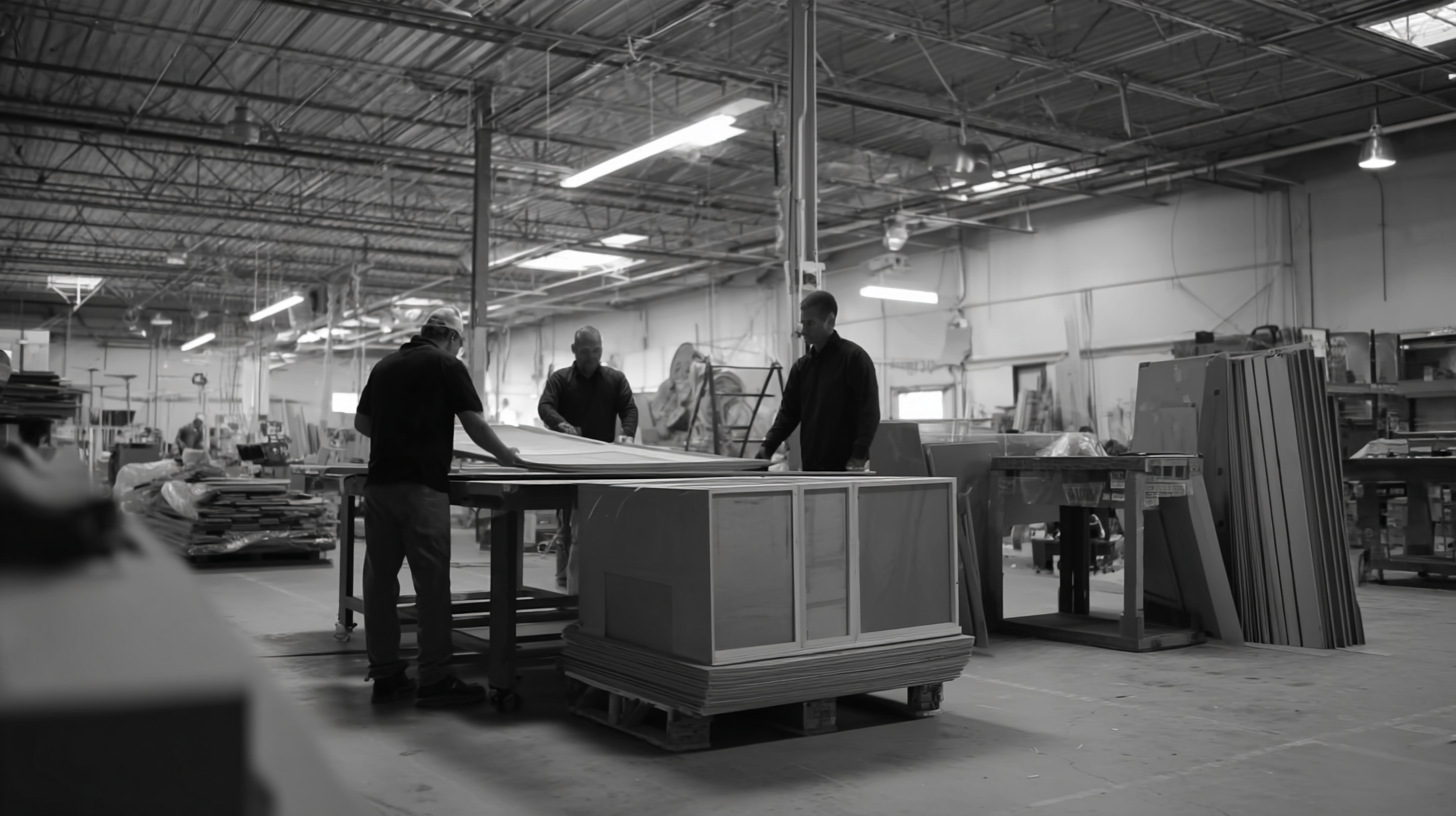 Selecting the right fabrics, colors, and accessories is essential for achieving a cohesive look in any customized space. Fabrics play a pivotal role not just in aesthetic appeal, but also in functionality and durability. When choosing upholstery for your made-to-order furniture, consider materials that complement the overall design theme while providing comfort and resilience. Opt for textures and patterns that can harmonize or contrast effectively with the other elements in the room, creating visual interest without clashing.
Selecting the right fabrics, colors, and accessories is essential for achieving a cohesive look in any customized space. Fabrics play a pivotal role not just in aesthetic appeal, but also in functionality and durability. When choosing upholstery for your made-to-order furniture, consider materials that complement the overall design theme while providing comfort and resilience. Opt for textures and patterns that can harmonize or contrast effectively with the other elements in the room, creating visual interest without clashing.
Colors are equally significant in establishing a unified ambiance. It’s important to select a color palette that resonates with the mood you wish to evoke. This can range from calming neutrals for a tranquil space to vibrant hues for a more energizing atmosphere. To ensure that your furniture stands out while still feeling integrated, consider using accent colors from your palette in cushions, throws, and other accessories. These finishing touches not only enhance the aesthetic appeal but also reflect your personal style, making your space truly one-of-a-kind.
